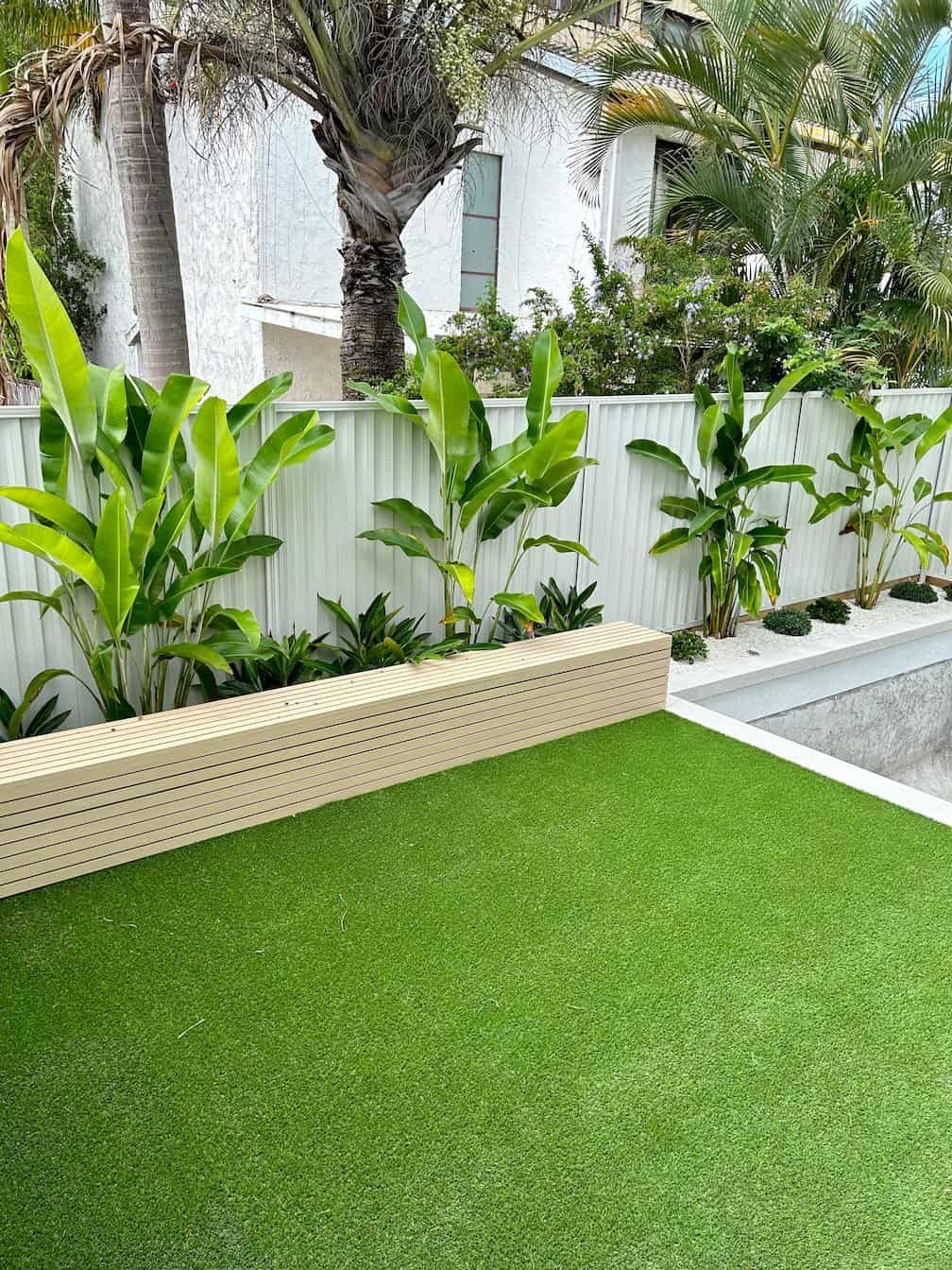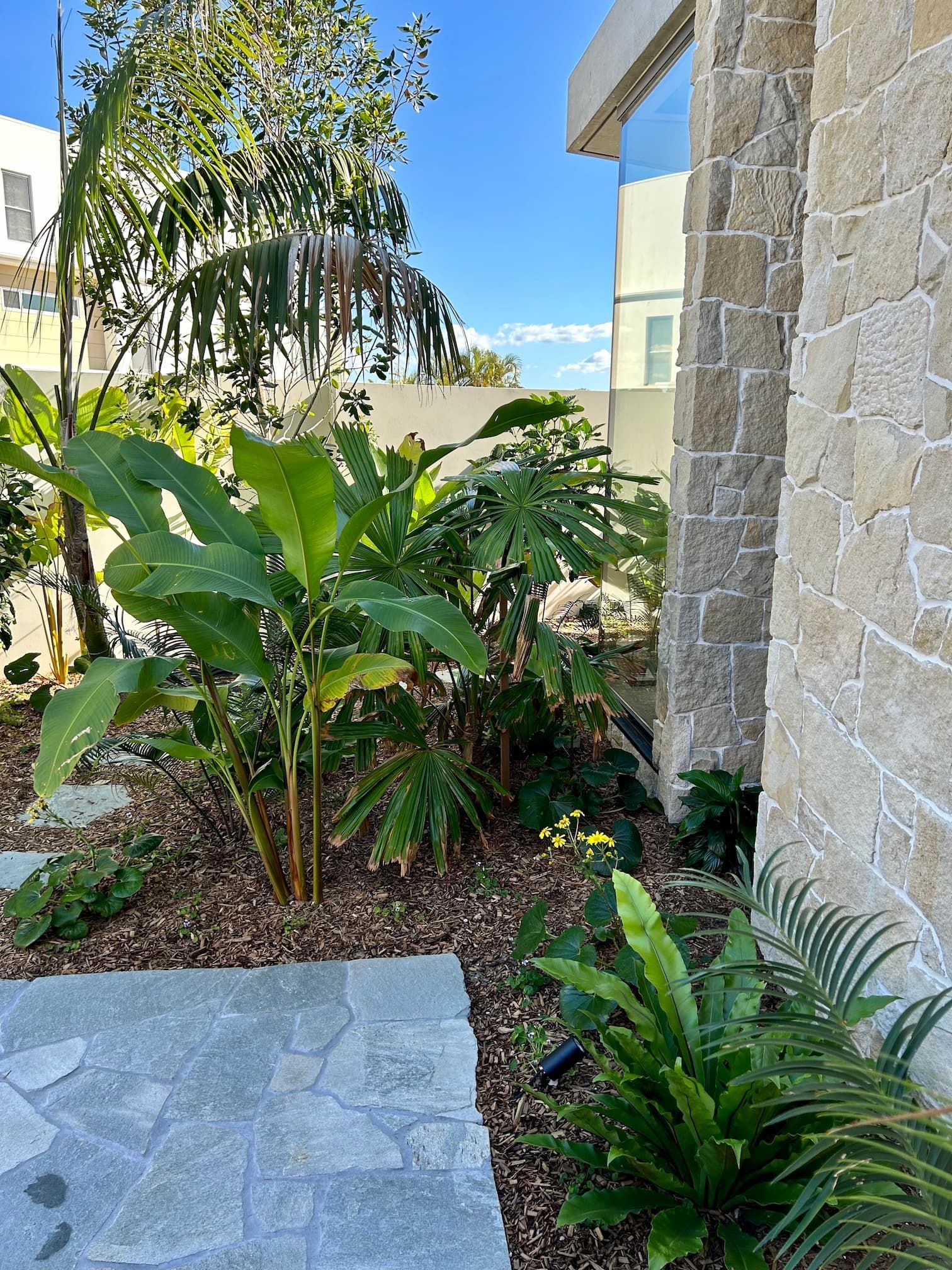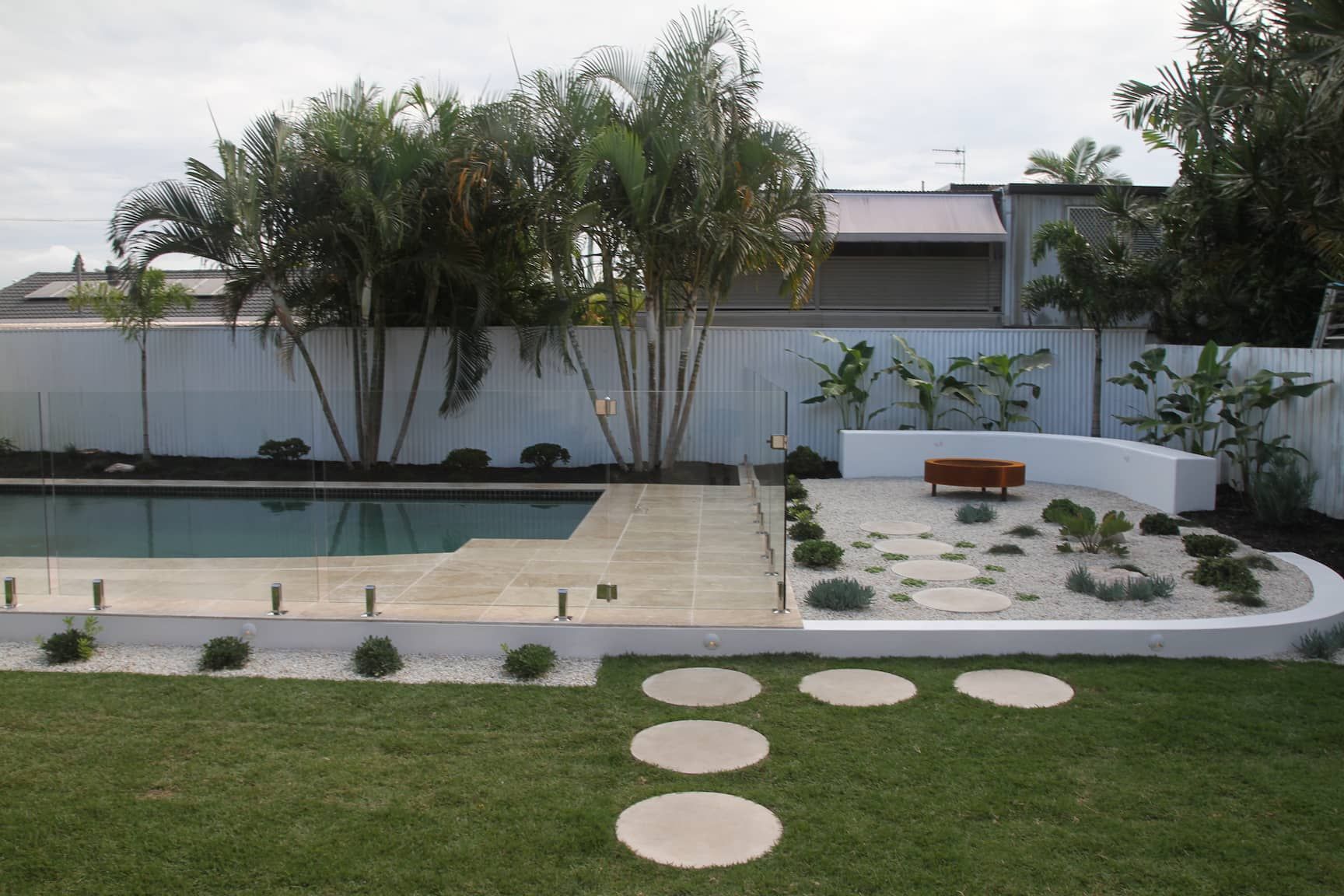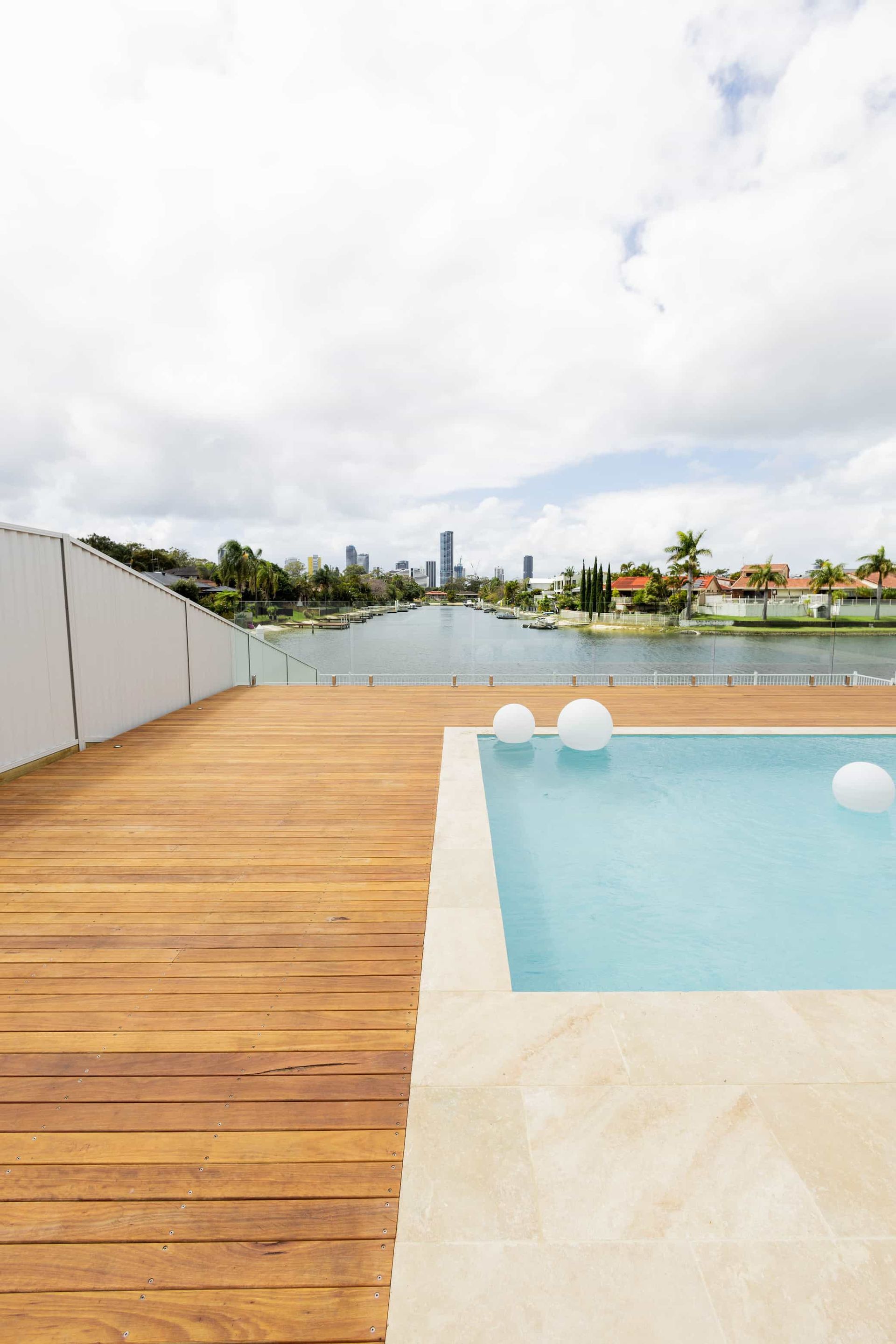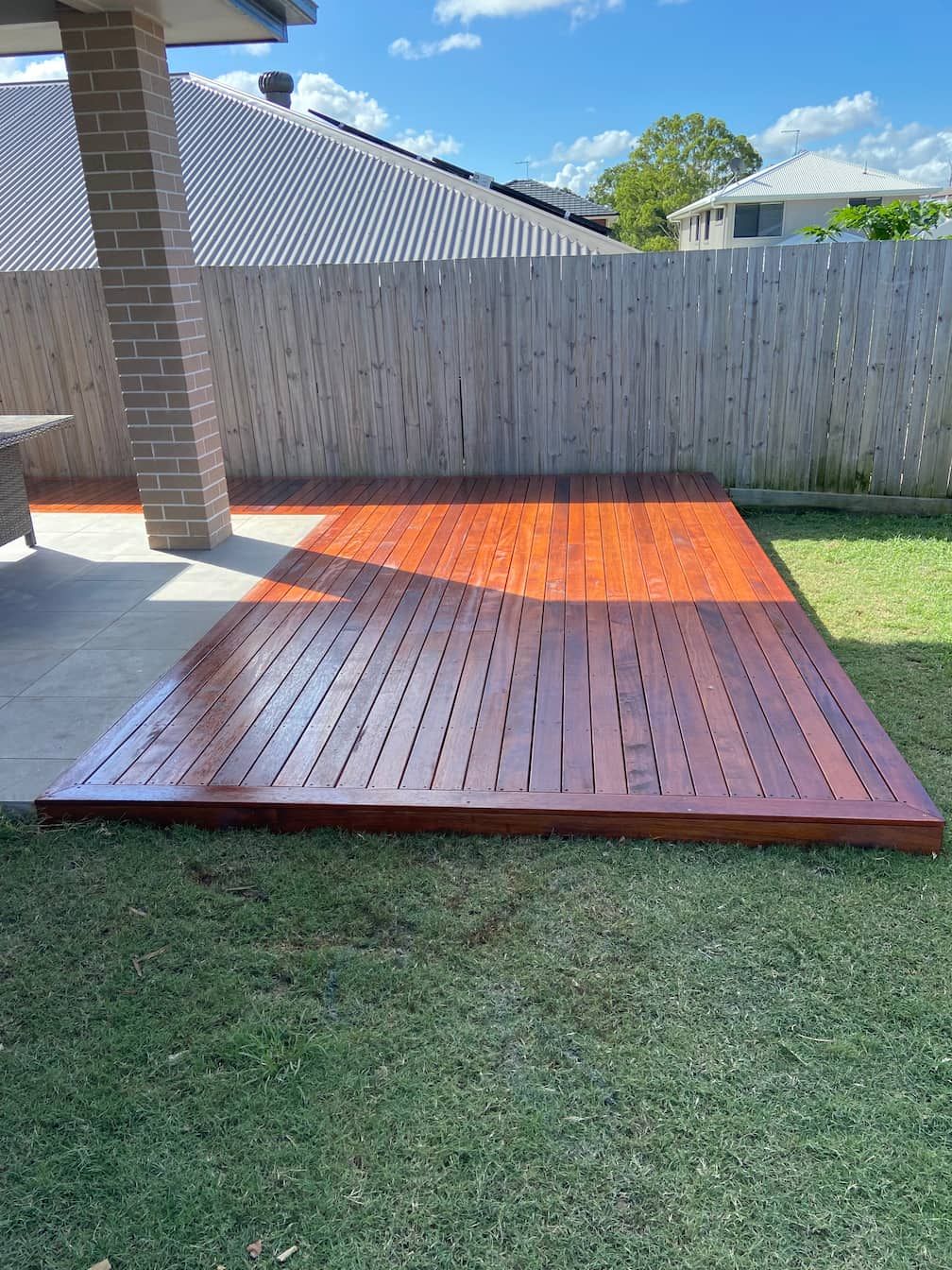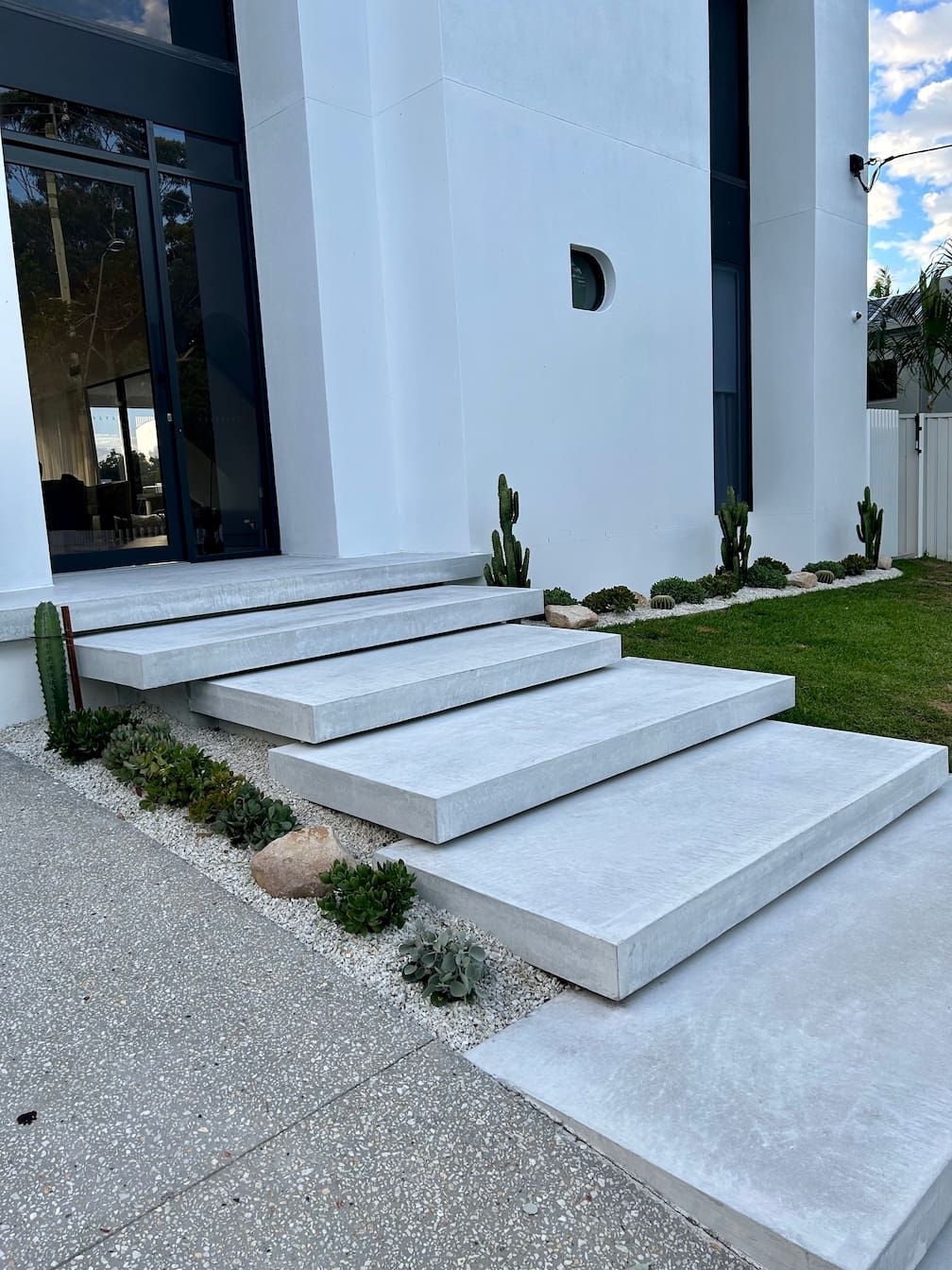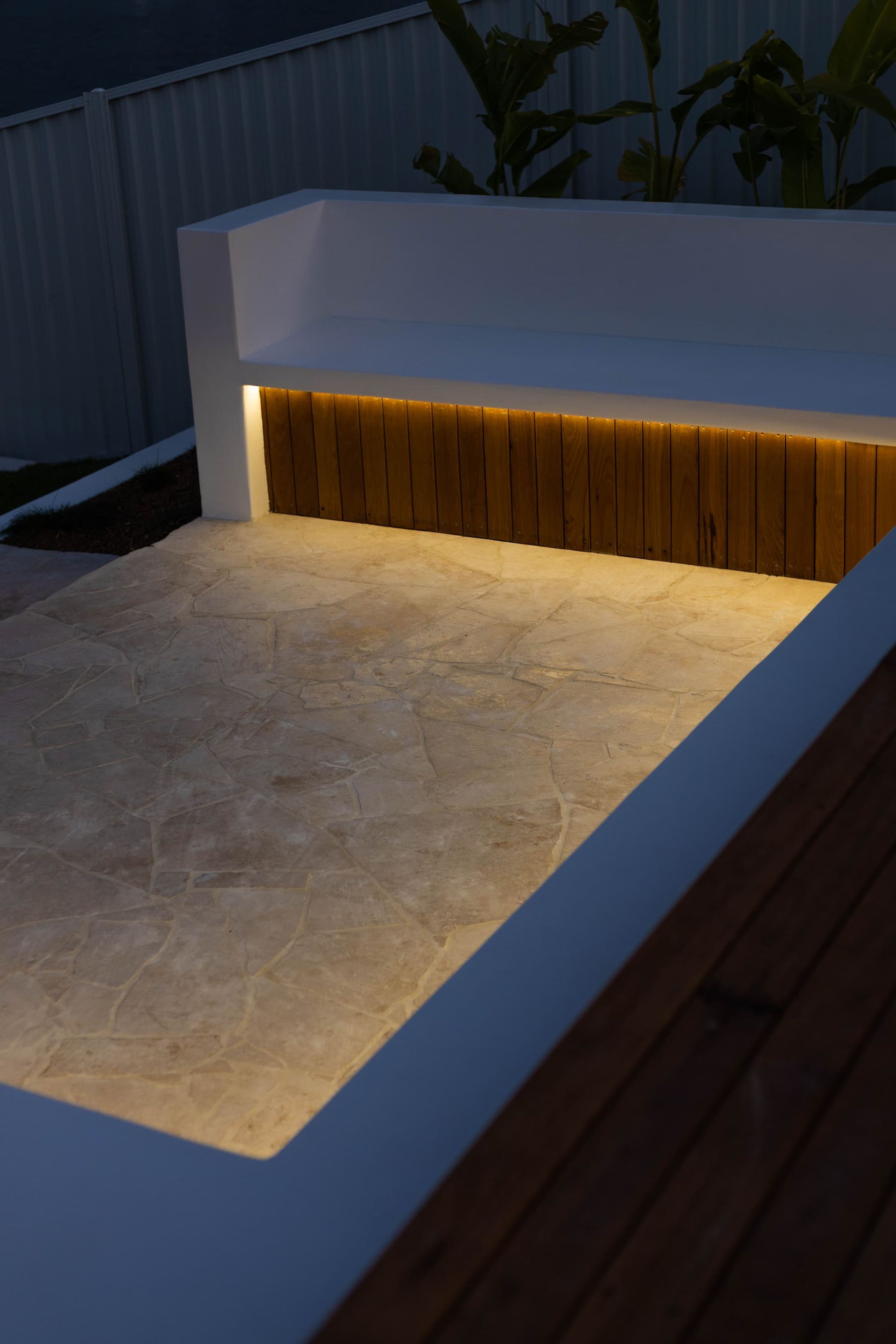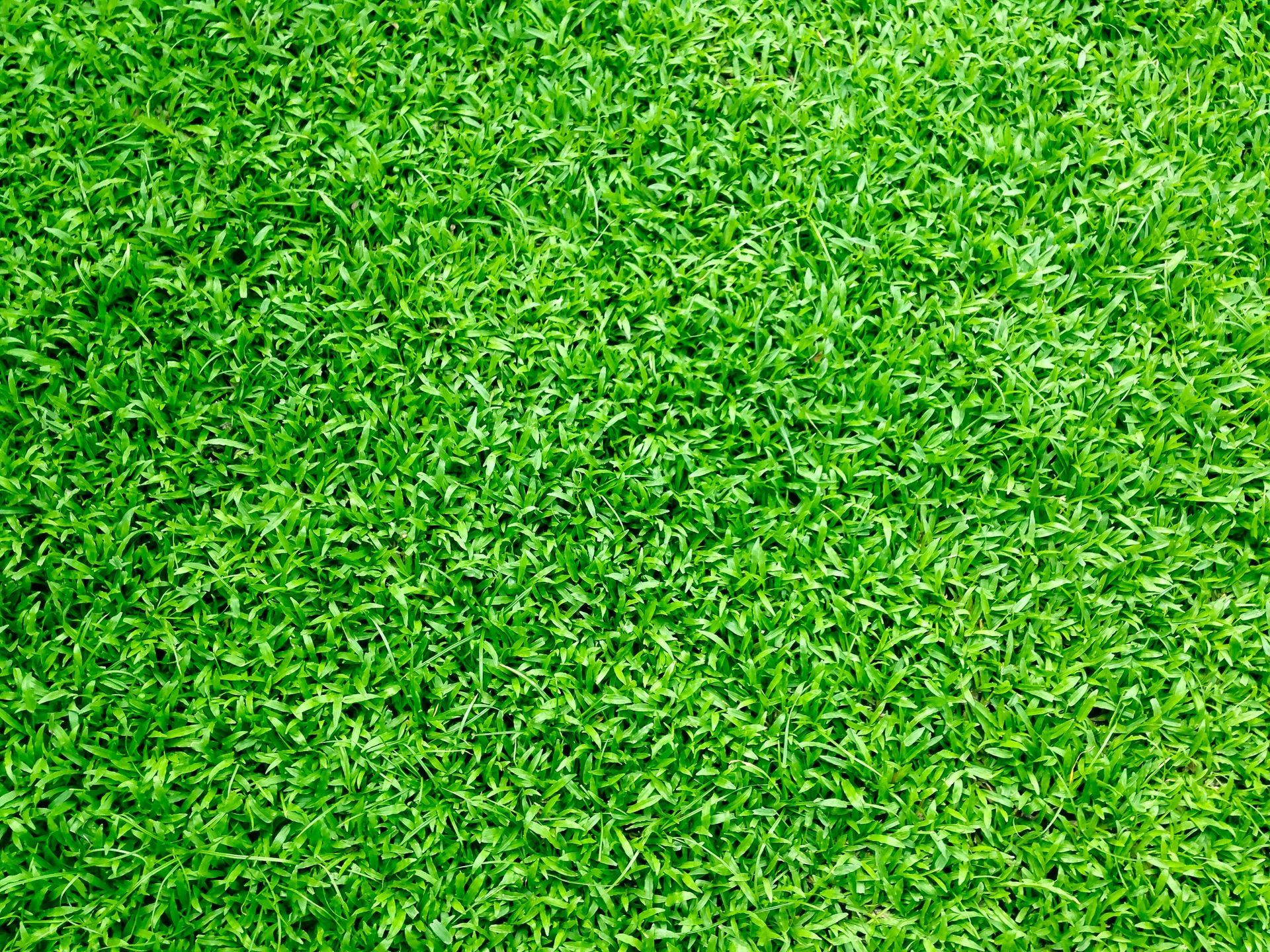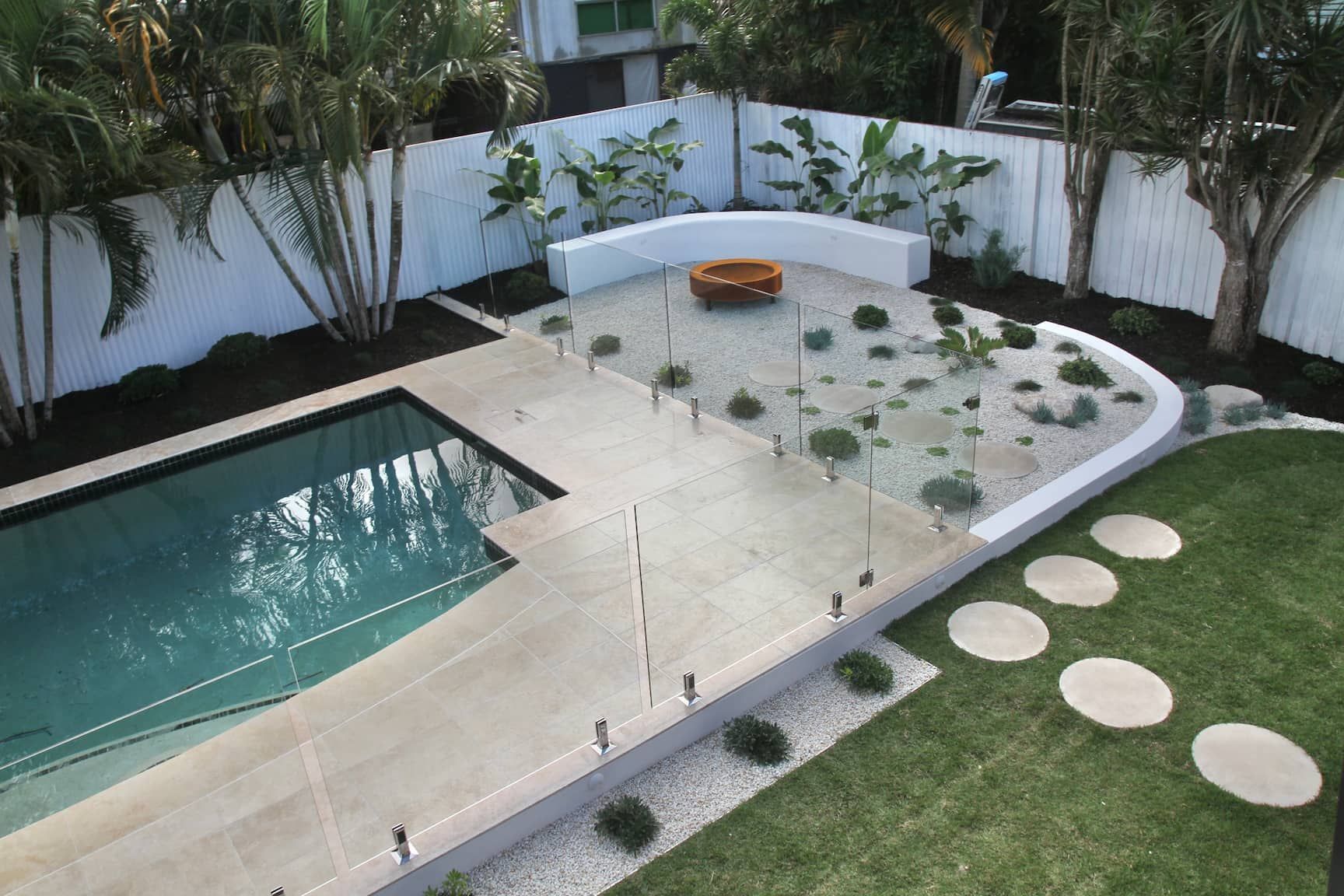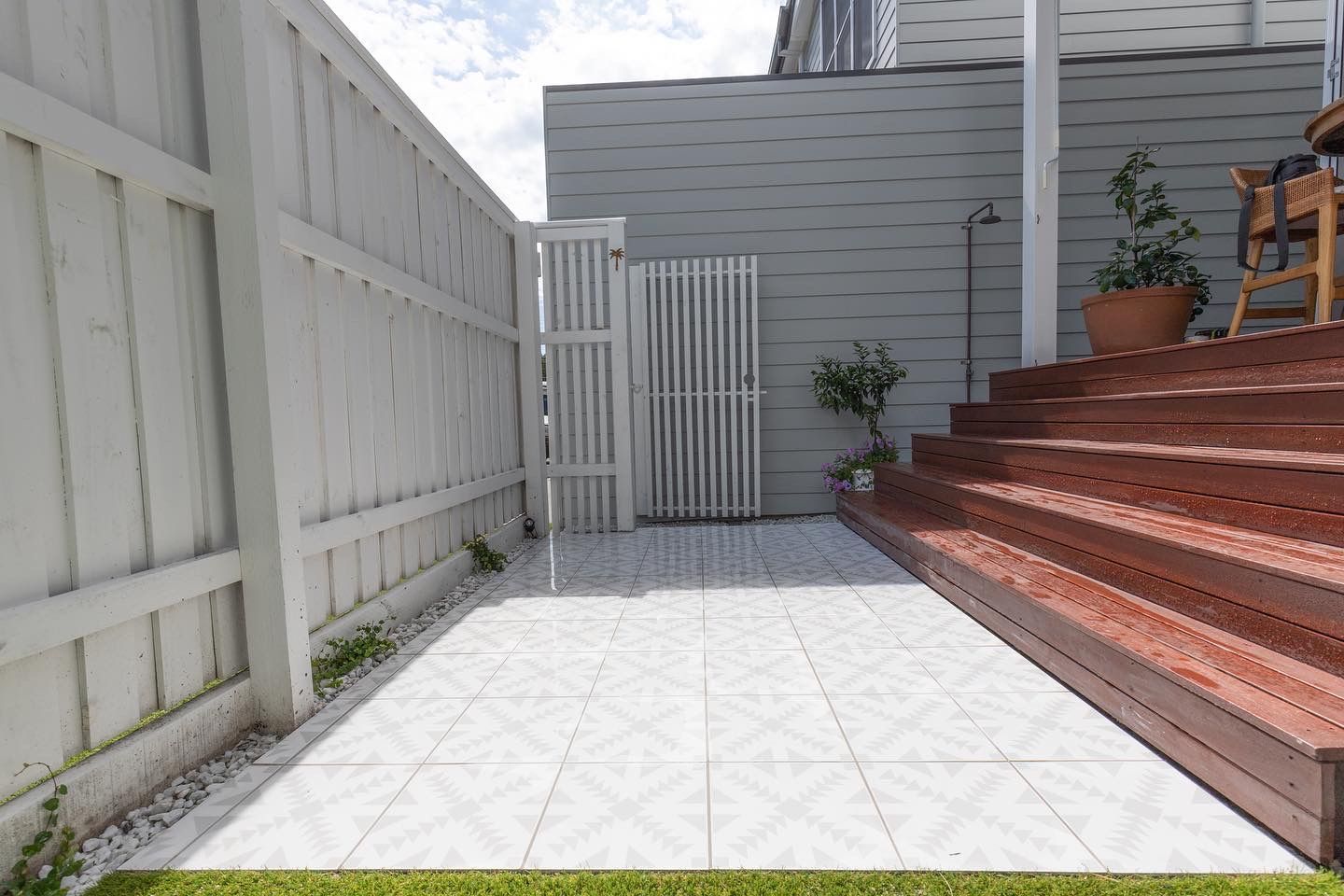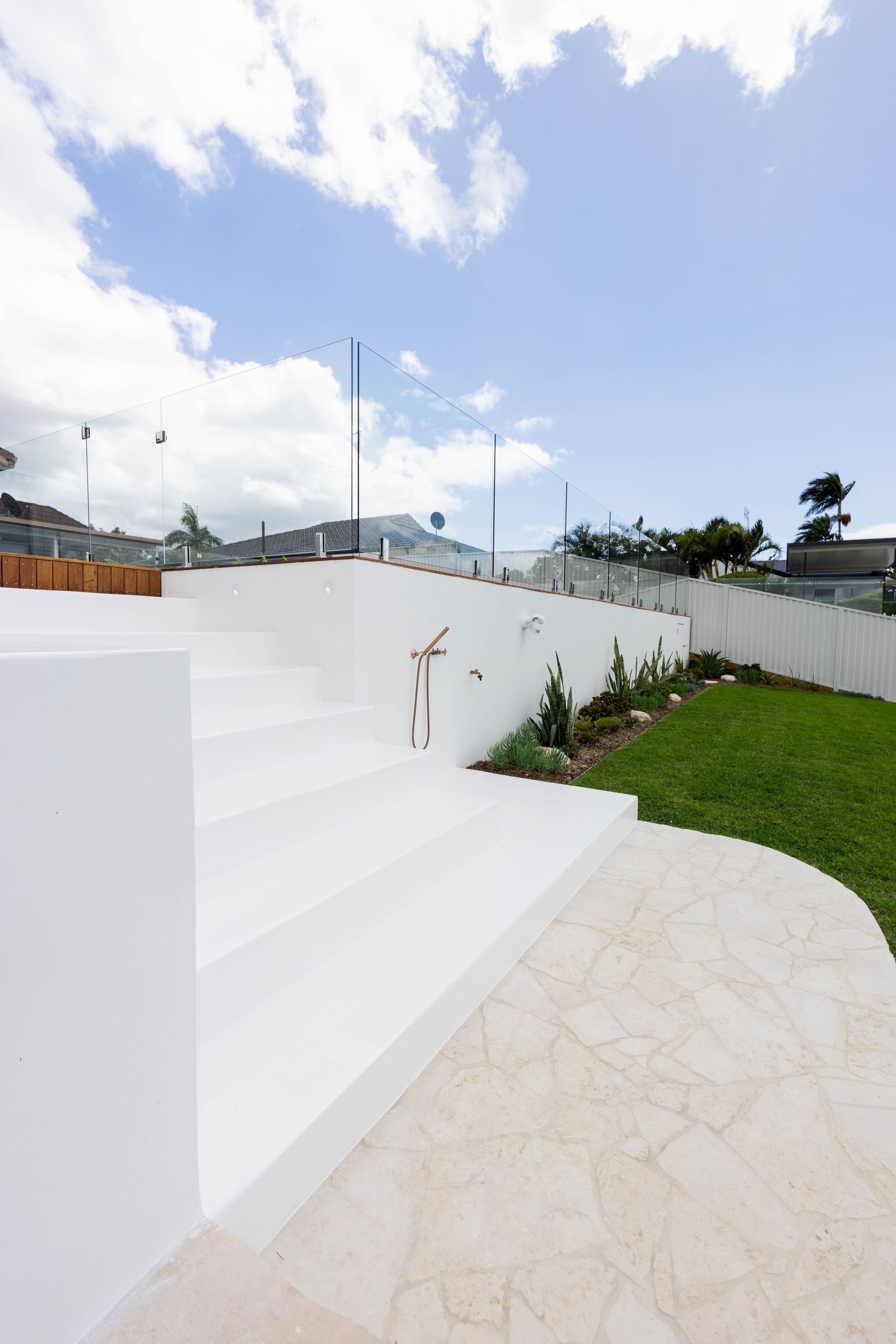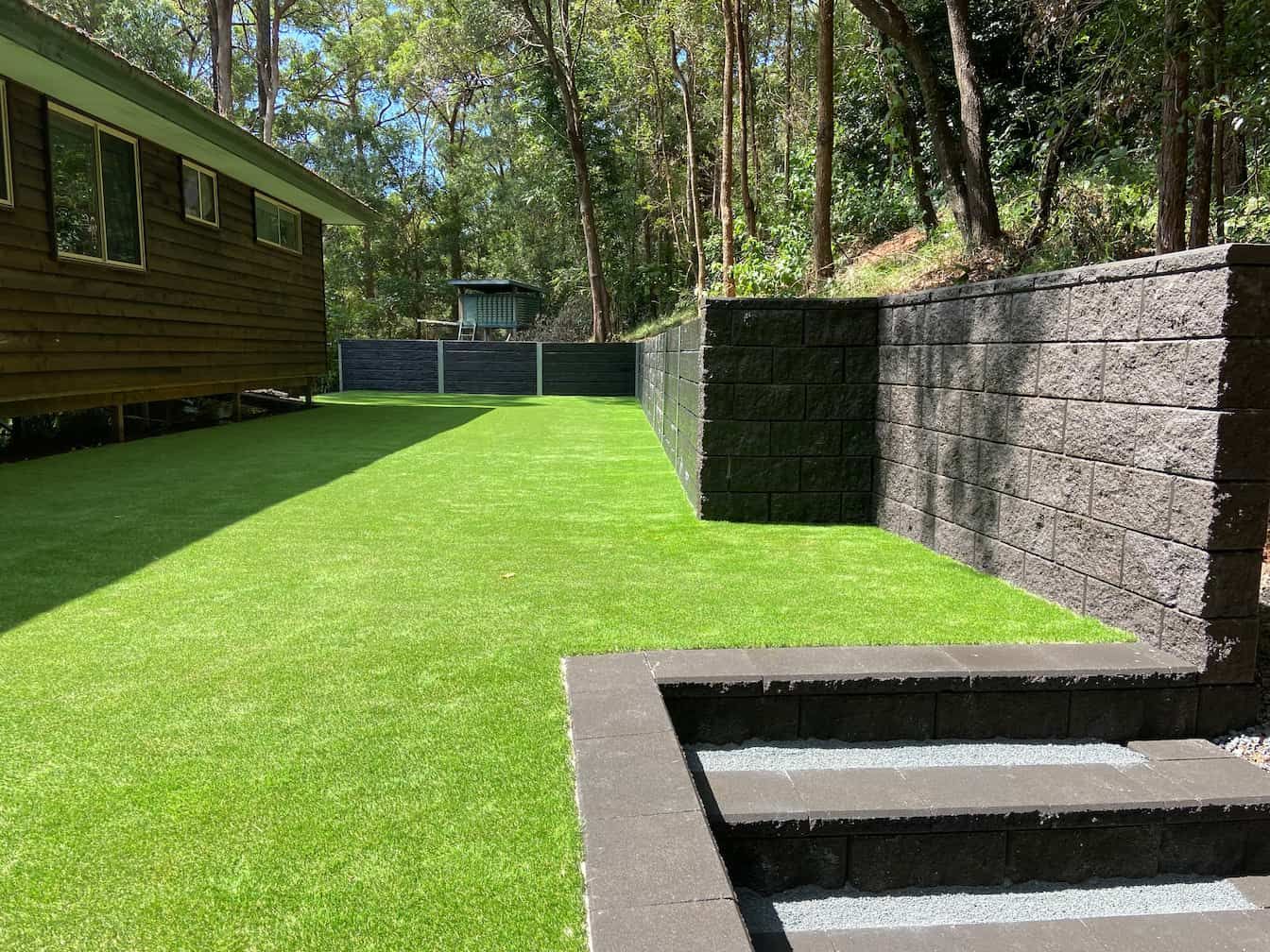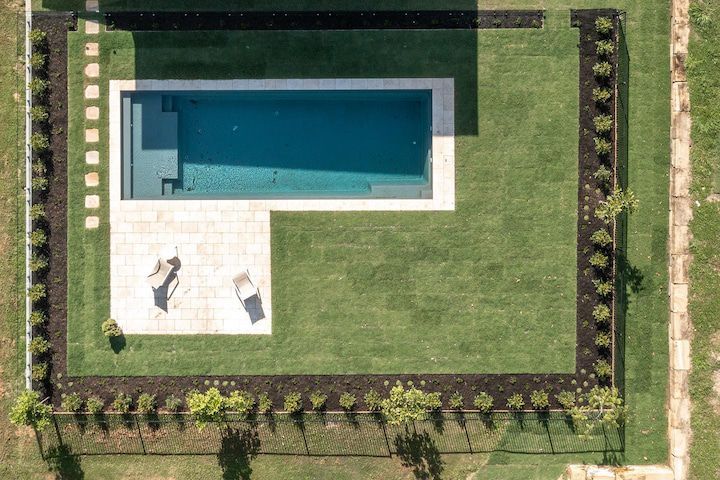What's The Difference Between Softscaping and Hardscaping?
Landscape construction is typically broken down into two distinct categories: softscaping and hardscaping. While they both tie in together to create a functional landscape, they both involve different materials, practices and purposes. In this blog, we’ll answer the question “What’s the difference between softscaping and hardscaping?.” Exploring the differences, applications and how they complement each other in landscaping.
What is Softscaping?
Softscaping refers to the live horticultural elements of a landscape. It encompasses a wide array of plants, such as trees, shrubs, flowers and grasses, which breathe life, colour and texture into outdoor spaces. Softscaping is dynamic, changing with the seasons and growing over time, meaning it also requires ongoing maintenance.
Different Types of Land Coverage
- Trees: Vital for providing shade, trees offer a structural and functional element to landscapes.
- Shrubs: Shrubs provide volume and can be shaped to enhance the aesthetic appeal of the garden.
- Plants: A broad category that includes perennials, annuals and biennials, each contributing differently to the landscape.
- Native Plants: Indigenous flora that is adapted to the local climate and soil, often requiring less maintenance and providing habitats for local wildlife.
Softscaping Maintenance & Management Requirements
- Weed Removal: Essential for preventing unwanted plants from competing for nutrients.
- Mowing: Regular mowing ensures a neat lawn and can help prevent pests and diseases.
- Grading & Drainage: Ensuring proper slope and drainage prevents water logging and promotes healthy plant growth.
- Planting: The act of placing plants into the soil, considering factors like sunlight, spacing and soil quality.
- Aerating: Allows water, oxygen and nutrients to penetrate the soil, promoting robust root systems.
- Pruning & Trimming: Helps maintain shape, removing dead or diseased portions and encouraging healthy growth.
- Watering: Essential for plant health, considering factors like humidity, rainfall and specific plant needs.
- Fertilising: Provides additional nutrients to plants, enhancing their growth and vitality.
What is Hardscaping?
Hardscaping involves the non-living, solid elements in landscaping that provide structure and functionality to the outdoor space. It utilises various materials to create paths, barriers, structures and other features that provide liveability, divide spaces and enhance aesthetic appeal.
Types of Hardscaping Materials
- Timber: Versatile and natural-looking, used in decks, fences and pergolas.
- Concrete: Durable and adaptable, utilised in pathways, driveways and retaining walls.
- Stone: Offers a rugged and timeless aesthetic, used in patios, walls and walkways.
- Brick:
Classic and durable, commonly used in pathways and walls.
Finished Hardscaping Features
The goal of hardscaping is to build long-term structures that add value and function to a property. A few common hardscaping features include:
- Decks
- Pergolas
- Patios
- Retaining Walls
- Pool Surrounds
- Tiles and Pavers
- Driveways
- Cladding
- Pathways
How to Choose the Best Products & Materials
Selecting the right products and materials for landscaping involves considering factors like climate, usage, maintenance, cost and aesthetic preferences. It's crucial to balance durability with aesthetics, ensuring the chosen materials can withstand local weather conditions while complementing the overall design of the outdoor space.
Benefits of Working with an Experienced Landscaper
An experienced landscaper brings a wealth of knowledge and expertise, ensuring that both softscaping and hardscaping elements are harmoniously integrated. They can navigate challenges, provide insights into material and plant selection, manage spatial planning and ensure the landscape is both beautiful and functional. Professionals can also efficiently manage project timelines, budget considerations and provide solutions that enhance the longevity and aesthetic appeal of the landscape.
Conclusion
Softscaping and hardscaping, while distinct in their elements and applications, converge to create cohesive and multifunctional landscapes. By understanding their unique characteristics and maintenance requirements, homeowners can create outdoor spaces that look great and handle the harsh Australian climate. If you’re looking for a landscaping company that has extensive experience handling both softscaping and hardscaping projects on the Gold Coast, get in touch with LGM Landscaping today.
FAQs
Can hardscaping features increase the value of my property?
Yes, well-designed and implemented hardscaping features can significantly enhance the aesthetic appeal and functionality of your property, which can subsequently increase its value. Features like patios, well-paved driveways and retaining walls are often sought after by potential buyers for their blend of practicality and visual appeal. Quality hardscaping can also enhance the curb appeal of a property, making it more attractive at first glance.
How do I choose the right materials for my hardscaping project?
Selecting the right materials for your hardscaping project involves considering several factors, including durability, maintenance, cost and how the materials blend with the existing landscape and structures. Begin by understanding the purpose of the hardscape feature and the conditions it will be subjected to (such as weather, traffic, etc.). Then, consider the aesthetic you wish to achieve – for instance, natural stone offers a different look and feel compared to brick or concrete.
Get in Touch For A Free Quote

